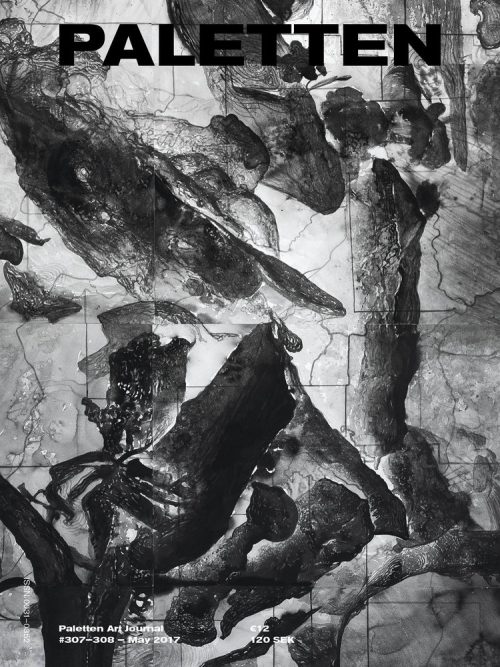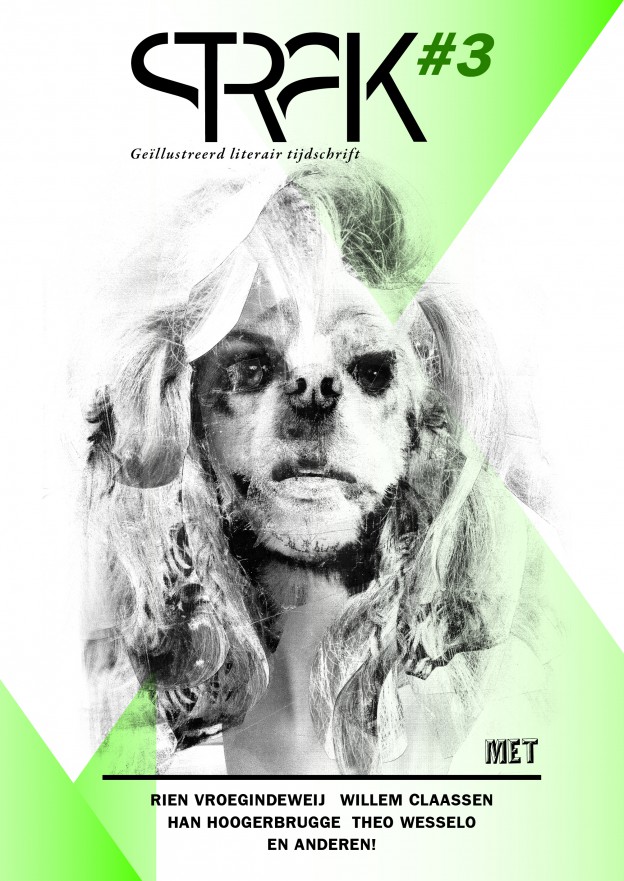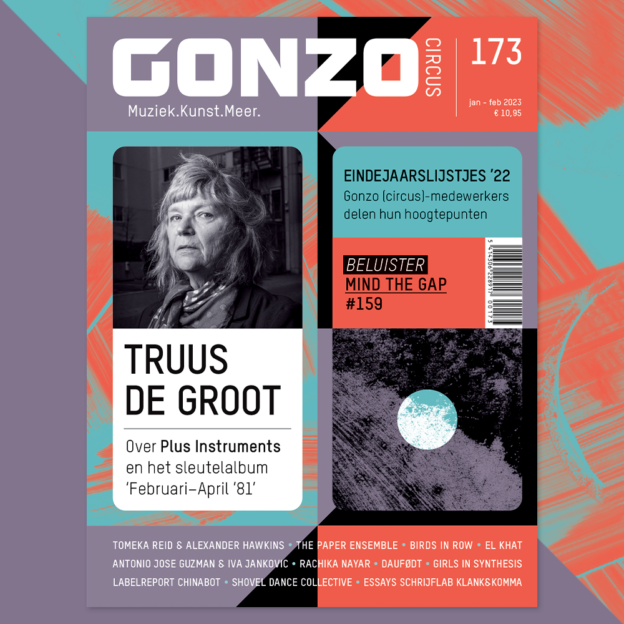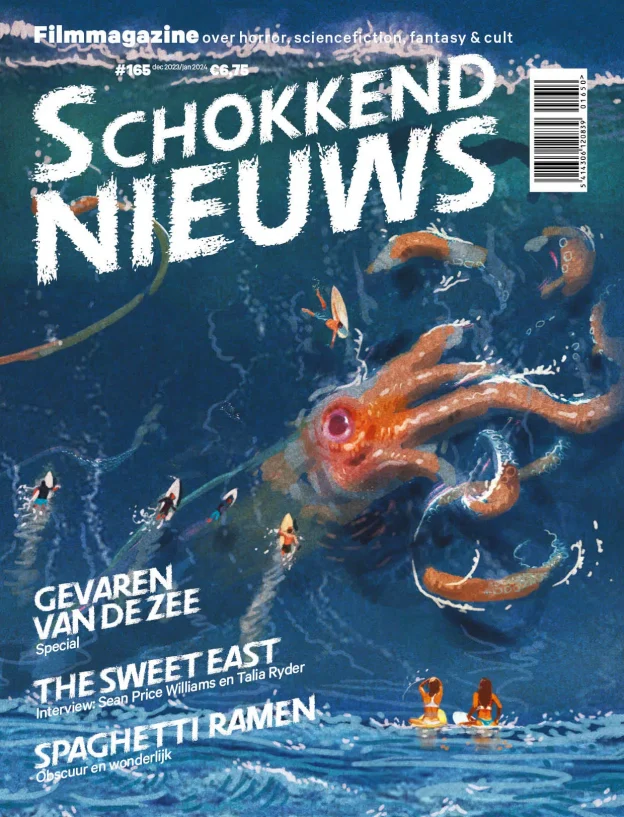Paletten - # 307-308
Paletten Art Journal was founded during the Second World War. The present chief editors have worked since 2011 on issues pertaining to the relation between the modern notion of art, and other border making notions such as gender, sexuality, race and class, through multiple perspectives and contributions. In this issue they are continuing this research in a joint venture with the University of Disaster, launched at the Venice Biennale 2017, representing the National Pavilion of Bosnia and Herzegovina.
The University of Disaster was initiated by the artist Radenko Milak and cultural producer Christopher Yggdre, who invited Sinziana Ravini, Anna van der Vliet and Fredrik Svensk from Paletten, to curate and integrate the project into our ongoing research on autonomy.
In this issue Pamela Lee, Ina Blom and Kerstin Stakemeier, among others, discuss our time as a disastrous era. Ina Blom discusses memory loss as the essence of the catastrophic in relation to technopolitical changes surrounding us today, and Kerstin Stakemeier writes that “the prolonged catastrophe of a financialized economy that started in 2008 is not opening onto a potential end of capitalism, but rather seems to put the very survival of humankind itself at risk.”
In his text Under the Influence, Steven Cuzner reflects on the disastrous aspects of our mind, stating, “I can’t trust my desires. I know that they are under the influence. They have to be. For if we lay ourselves down in deep hypnosis, or permit the psychoanalytical task of unveiling trauma: understanding the damage done upon us and finding the ‘core’ of our true selves – can we deny that the core, whatever its form, is quite susceptible to influence?”
In the 1990s Christopher Yggdre met Vermin, a patient at a psychiatric clinic in Paris who suffered from severe apocalyptic desires. Here Yggdre contributes with a manuscript he received from Vermin one afternoon in the hospital park that presents an even darker version of the biblical apocalypse.
What can we do in order to fight the disasters of our times? Jacquelyn Davis writes about the misogyny in sloppy political rhetoric and modern day policy-making, and the women activists who took matters into their own hands by marching and organising international strike movements, like the one launched on March 8th (International Women’s Day). The reproduction of patriarchy is a disaster. But what is a feminist art object today?, Josefine Wikström asks in relation to the work of Sidsel Meineche Hansen in a critique of object oriented philosophy in contemporary art.
Will our images of catastrophe prepare us for catastrophe like the magic death dance images of medieval times, or rather contribute to it? Tova Gerge makes a new turn in the discussion of the performative: the performer could die before the notion itself. Exhausting the limits of enactment in the format of a magazine, it is not fully clear what could be the final cure from the neverending tour, continuously looping its own reverb.
Turkish curator Vasif Kortun once stated that the art institution will sustain longer than the regime itself. So will the artistic practice of Gülsün Karamustafa – here interviewed by Sandström – whose installations, texts and paintings have passed through three coup d’états.
David Chychkan’s exhibition in Kyiv, which was demolished by nazis for its anarchist agenda and re-opened by the artist as a kind of exposition of degenerate art, might also reflect correlations between rising nationalism and mega exhibitions financed by risk capitalists enacting neo-colonial aesthetics. Kyiv based curator Anna Kravets describes the context of this event, while Thomas Millroth presents the only remaining images of works by the communist artist collective Folkdekor (Peoples’ décor), active in Sweden during the 1940s, along with fragments of a text originally intended to be published in Paletten thirty-five years ago.
Seeking an interruptive and asymmetrical “erotohistoriography,” rather than a reproductive and homogenous historiography, Anton Göransson relates Walter Benjamin’s historical thinking to queer temporality and Rosi Braidotti’s nomadism.
Jacob Lillemose looks at three disasters in the novel and film The Road (2006) by Cormac McCarthy, novel The Drowned World (1962) by J. G. Ballard and the film The Kingdom of the Spiders (1977) by John Cardos, and Theodor Ringborg writes about Omer Fast. Finally we are very excited to start and end this issue with a greeting from Gregory Sholette.
Editors-in-Chief: Sinziana Ravini & Fredrik Svensk. 128 pages, glossy cover.
€12.00








